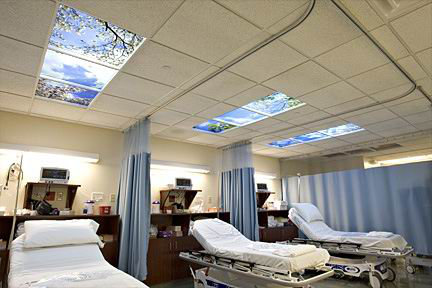Health Sector
During the 1970s and 80s, the Republic of Iraq was viewed as one of the leading nations in healthcare in the Middle East and North Africa. Sanctions were imposed on Iraq in the 1990s and remained in force through 2003. These sanctions led to deterioration in the healthcare system. In 2006, the World Health Organization’s Iraq Regional Health Systems Observatory (IRHSO) issued a report stating that “health outcomes are now among the poorest in the region. Maternal and infant mortality and malnutrition are high; certain communicable diseases have re-emerged to join non-communicable conditions in a double burden of disease.” The Government of Iraq (GoI) recognizes that it must reverse the steep decline in the quality of the nation’s healthcare. Through investment in education, training and infrastructure, the GoI is committed to return Iraq to its place as the regional leader in the medical sector.
Health Indicators which reflects the sector’s status and the development it witnessed:
- Number of hospitals in Iraq (public and private) reached to 236 in the year 2011 while there were 235 in 2010 and 234 in 2009 (except KRG).
- Number of doctors have been raised to be (20480) in the year 2011 while the number was (19738) in 2010 and (18651) in 2009 all over Iraq (except KRG).
A table that represents the main indicators about hospitals, medical professionals and health professionals for the years 2009-2011
| The year | Hospitals No. | Medical professionals | Health professionals No. | ||
| Doctors No. | Dentists No. | Pharmacists No. | |||
| 2009 | 234 | 18651 | 4249 | 5083 | 41243 |
| 2010 | 235 | 19738 | 4799 | 5675 | 43727 |
| 2011 | 236 | 20480 | 5029 | 5912 | 48992 |
| The change ratio during the period 2010-2011 | 0,4% | 3,8% | 4,8% | 4,2% | 12% |

